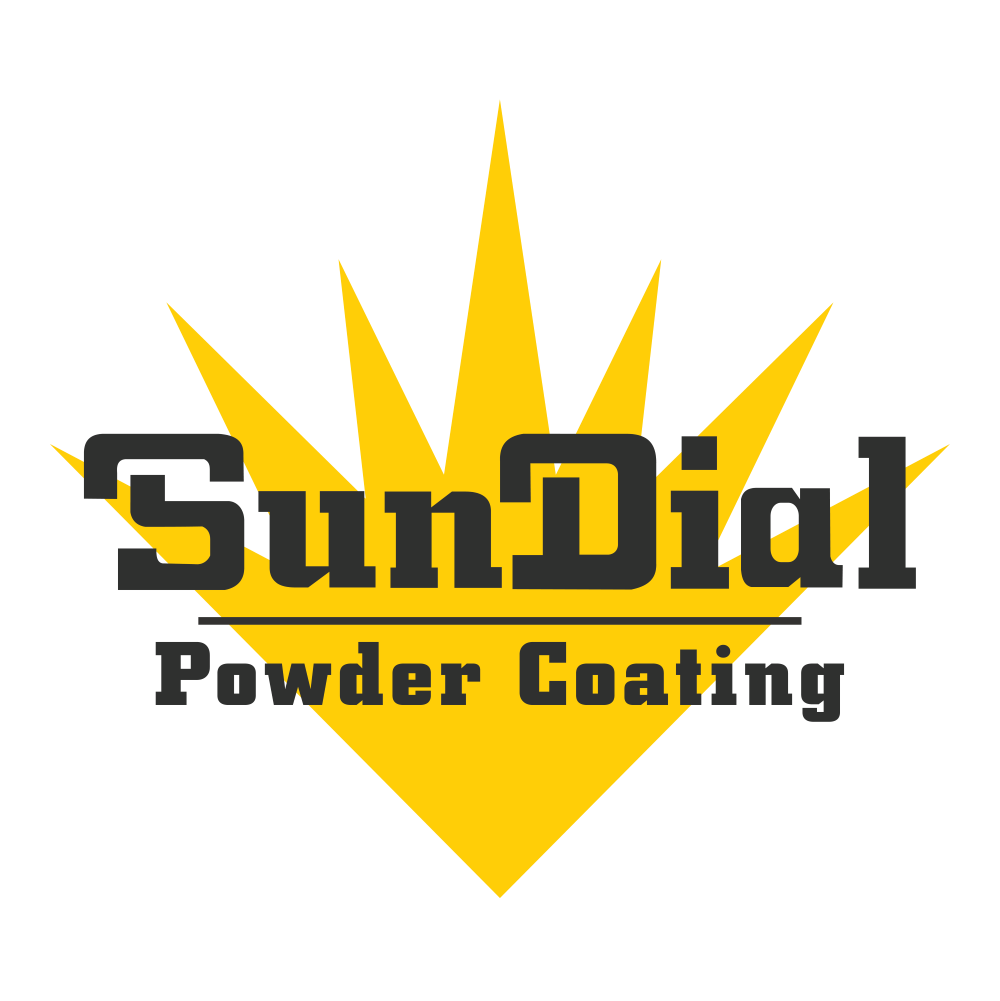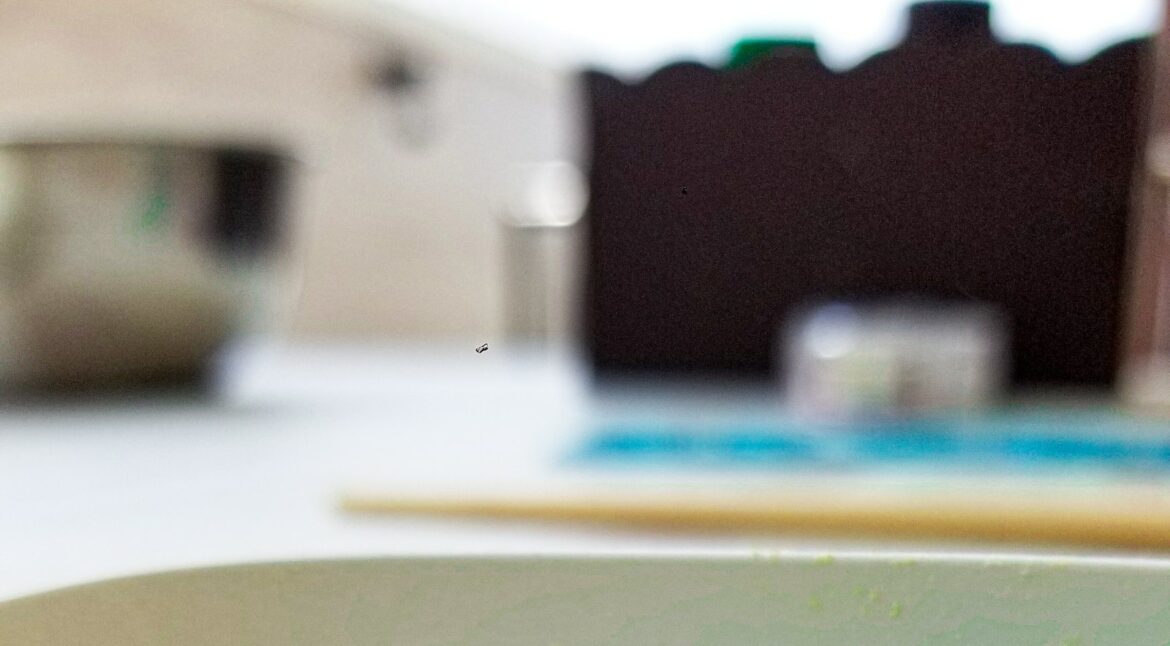Introduction:
In the realm of industrial applications, the choice between paint and powder coating as a means of providing protective, decorative, and durable finishes for various surfaces is an ongoing debate. While both methods offer their own set of advantages and disadvantages, this article focuses specifically on the cost-effectiveness aspect of the two alternatives. In a comparative analysis, we delve into the economic considerations surrounding paint and powder coating to determine which option presents a more favorable balance between cost and long-term performance. By examining factors such as material expenses, application efficiency, maintenance requirements, and overall durability, we aim to provide a comprehensive understanding of the cost effectiveness of paint and powder coating, aiding decision-makers in making informed choices for their specific coating needs.
Table of Contents
- Advantages of Powder Coating over Paint: Durability and Longevity
- Economic Benefits of Powder Coating: Reduced Maintenance and Repair Costs
- Environmental Impact: Powder Coating as a Sustainable Alternative
- Recommendation: Consider Powder Coating for Cost-effective and Long-lasting Results
- Q&A
- To Conclude
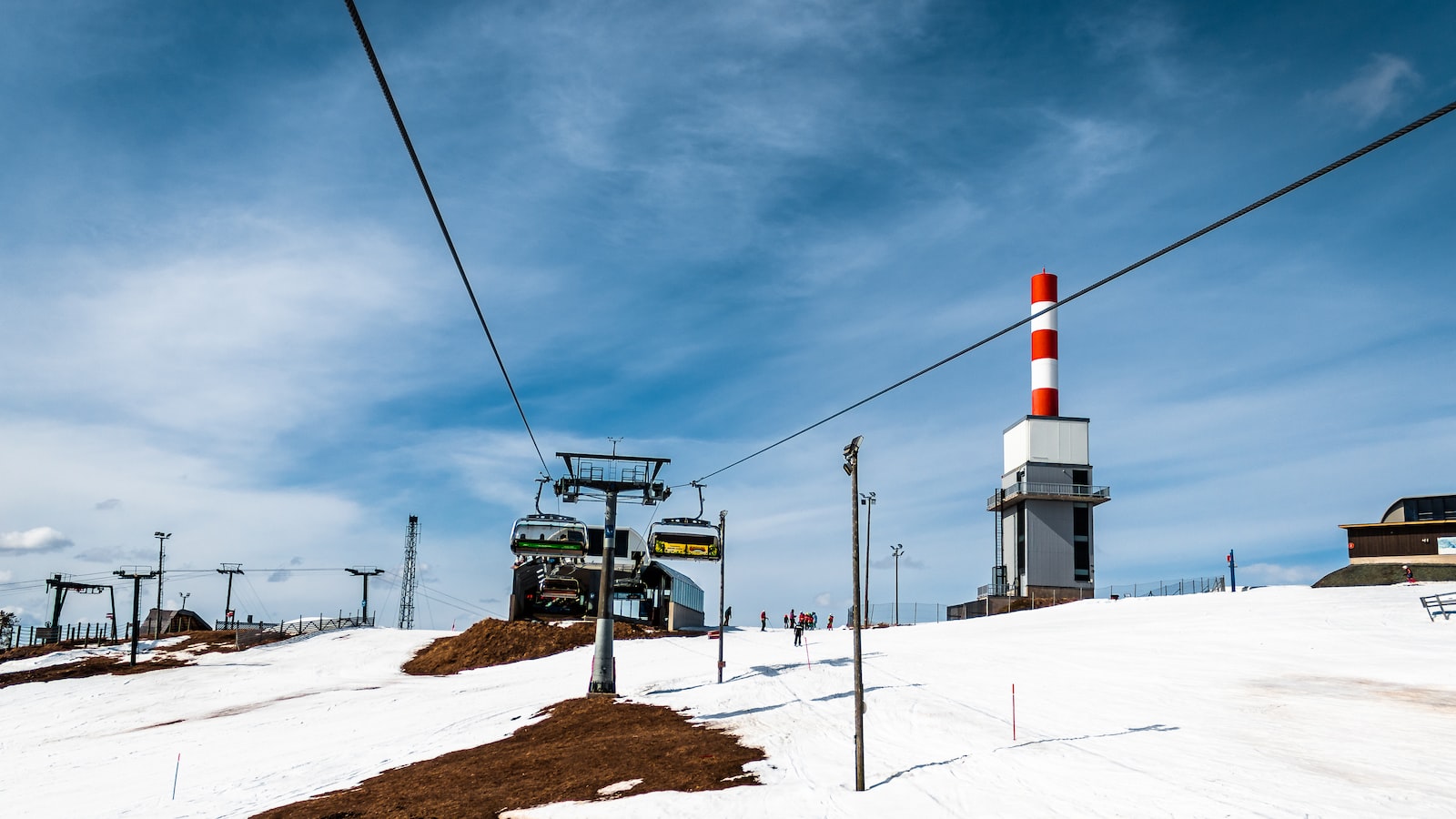
Advantages of Powder Coating over Paint: Durability and Longevity
Powder coating provides numerous advantages over traditional paint techniques, with durability and longevity being top of the list. Unlike paint, which can chip, peel, or fade over time, powder coating forms a tough, protective layer that is resistant to abrasion, corrosion, and weathering. This robust coating not only withstands daily wear and tear but also offers enhanced protection against harsh environmental conditions, including extreme temperatures, UV exposure, and chemical exposure.
One of the key reasons behind the increased durability of powder coating is the curing process. When applied, the powder is electrostatically charged and then cured using heat to create a continuous, even film. This unique application method eliminates the risk of runs, drips, or sags that are often associated with liquid paint. As a result, the finished product boasts a flawlessly smooth and uniform finish that not only enhances its appearance but also ensures consistent protection across the entire surface. Moreover, due to its exceptional adhesion properties, powder coating does not chip or crack easily, enabling components to maintain their attractive finish for an extended lifespan.
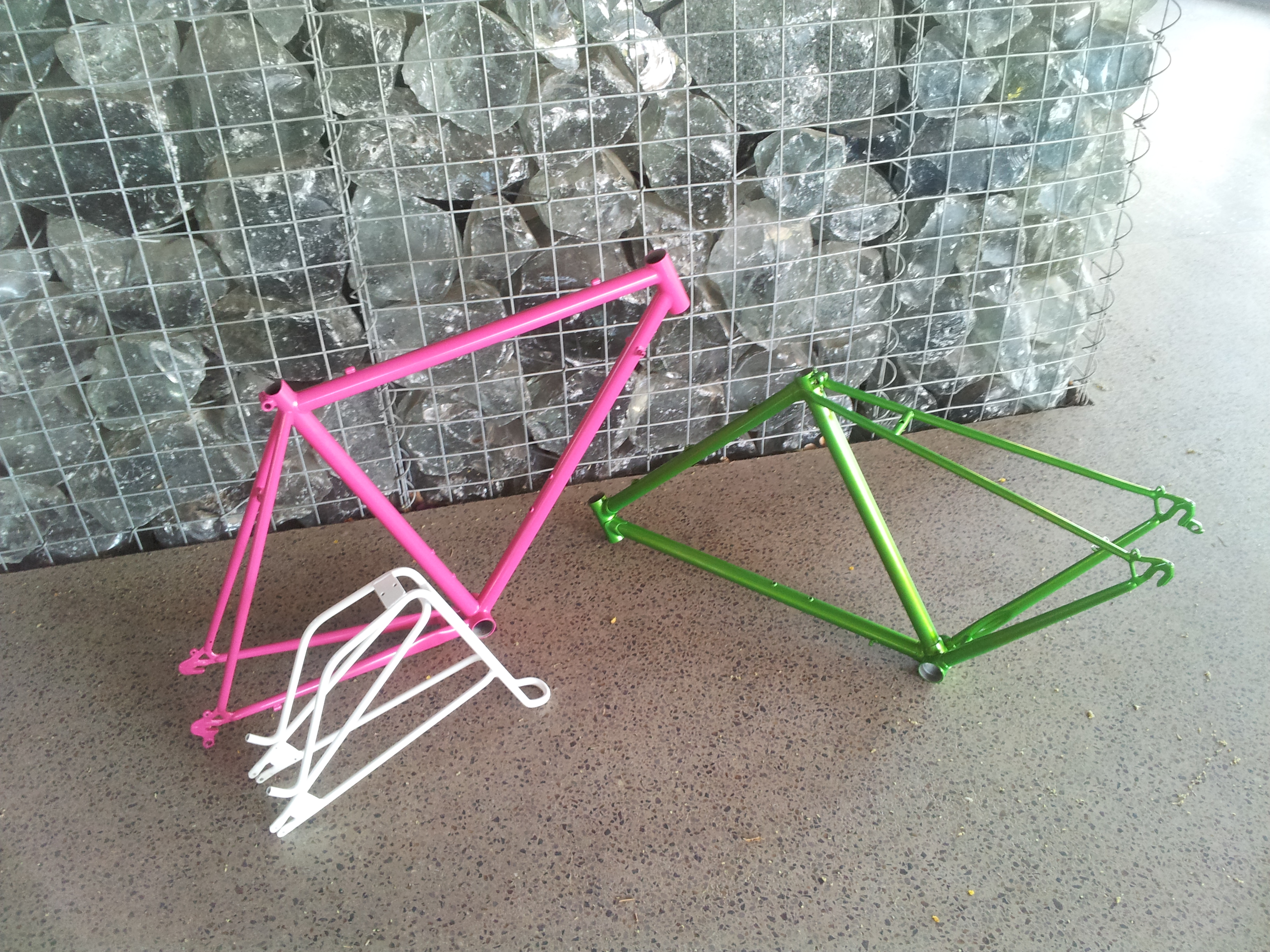
Economic Benefits of Powder Coating: Reduced Maintenance and Repair Costs
In the realm of industrial coating solutions, powder coating stands out for its exceptional economic advantages. A key benefit lies in the significant reduction of maintenance costs associated with traditional paint. Unlike conventional liquid paint, powder coating provides a highly durable finish that is resistant to chipping, scratching, and fading, resulting in a longer lifespan for the coated surface. This extended durability eliminates the need for frequent touch-ups or reapplication, ultimately saving both time and money.
Moreover, the inherent toughness of powder-coated surfaces translates into reduced repair expenses. The robust nature of this coating minimizes damage caused by impacts, abrasions, or harsh environmental conditions. Parts and equipment protected by powder coating demonstrate enhanced resistance against corrosion, rust, and chemical degradation. As a result, the reduced occurrence of damages not only extends the product lifespan but also minimizes the need for costly repairs or replacements, optimizing financial resources for businesses in the long run.
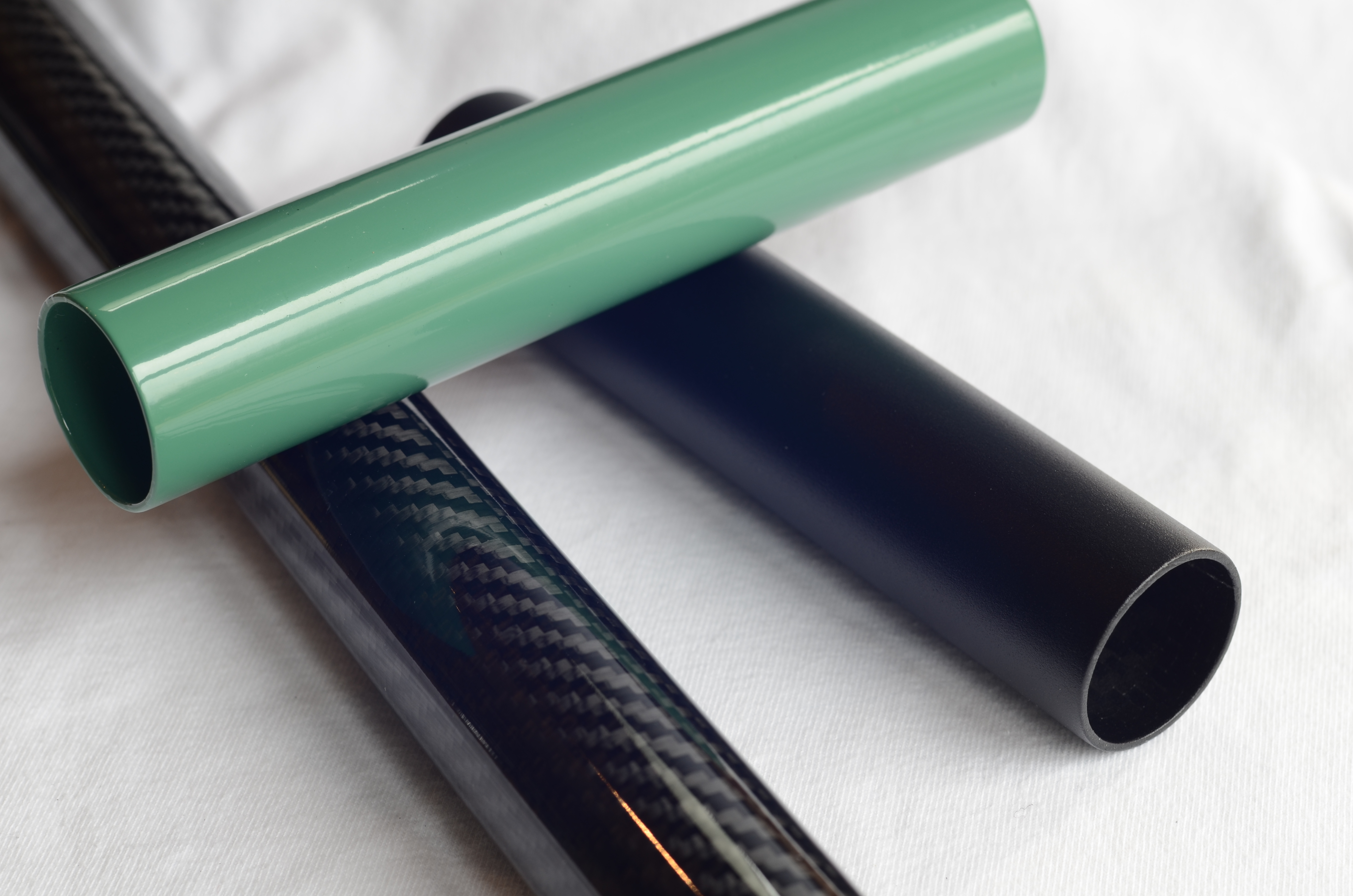
Environmental Impact: Powder Coating as a Sustainable Alternative
Powder coating is gaining recognition as a highly sustainable alternative to traditional liquid paint in various industries. Its environmental impact is significantly reduced due to key factors such as material usage, waste generation, and energy consumption. Let’s take a closer look at the sustainable advantages of powder coating:
1. Material Efficiency:
- Powder coatings have a higher transfer efficiency compared to liquid paints, meaning that more of the coating material is deposited on the target surface, reducing waste.
- Excess powder can be collected and reused, minimizing material consumption and reducing overall environmental footprint.
- Powder coatings also have higher solid content, avoiding the need for solvents commonly found in liquid paint formulations.
2. Waste Reduction:
- Unlike liquid paints, powder coatings do not produce hazardous volatile organic compounds (VOCs), which are detrimental to both human health and the environment.
- The overspray of powder coatings can be collected and recycled, eliminating the need for a costly disposal process and contributing to minimal waste generation.
- Minimal packaging waste is produced as powder coatings are typically supplied in bulk, reducing the use of single-use containers.
By opting for powder coating as a sustainable alternative, industries can significantly contribute to a greener future by reducing material consumption, waste generation, and harmful emissions. Its increased popularity among manufacturers highlights its effectiveness in meeting environmental regulations without compromising performance or aesthetics.
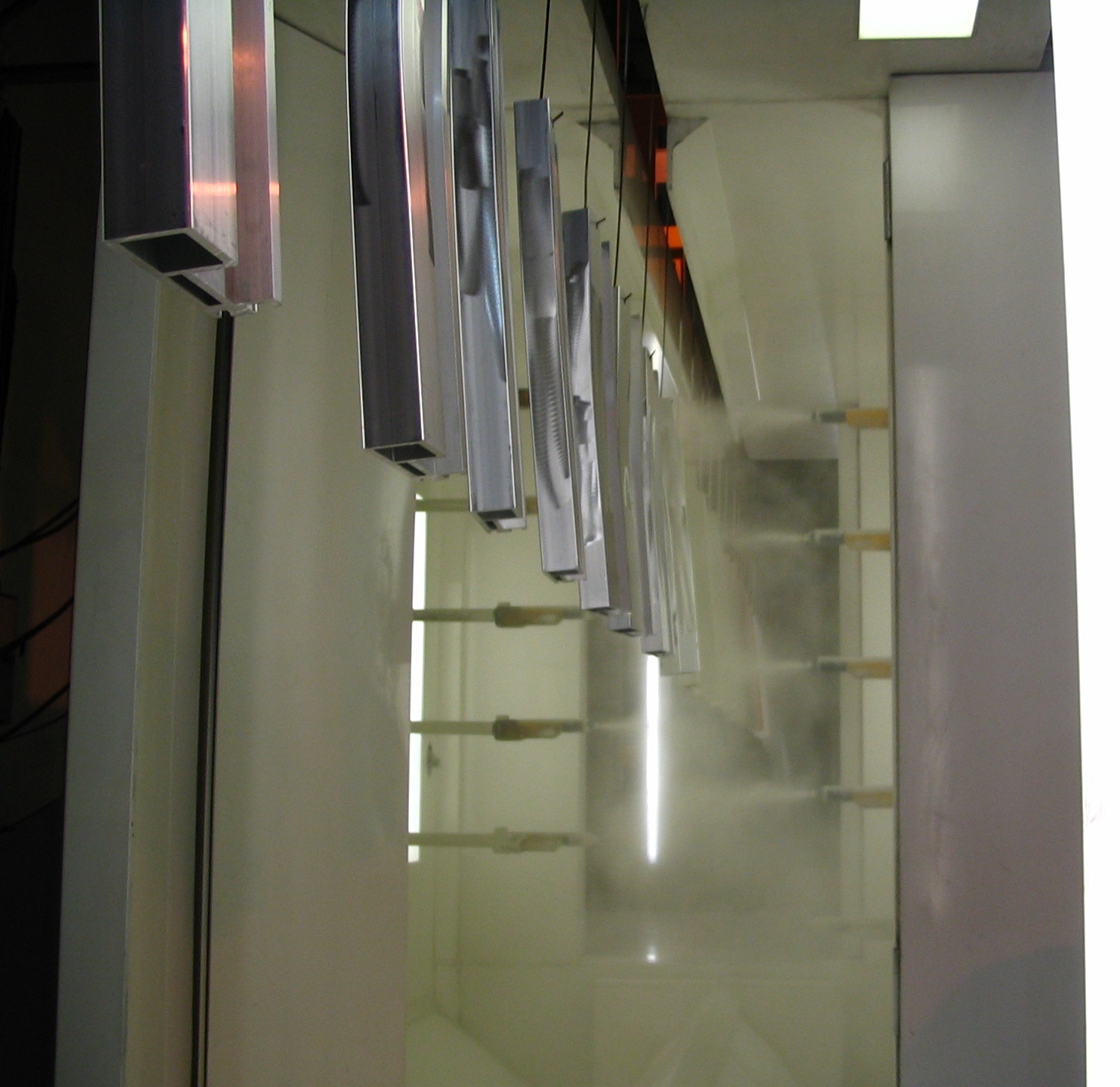
Recommendation: Consider Powder Coating for Cost-effective and Long-lasting Results
Why Powder Coating?
Powder coating is a highly recommended solution for achieving cost-effective and long-lasting results when it comes to protecting and enhancing the appearance of various surfaces. Unlike traditional painting methods, powder coating offers numerous advantages that make it a superior choice for a wide range of applications. Here are some key reasons why you should consider powder coating:
- Durability: Powder coated surfaces are resistant to chipping, scratching, fading, and corrosion, providing exceptional durability and longevity. This makes it perfect for items that are exposed to extreme environmental conditions or heavy daily usage.
- Cost-effectiveness: By minimizing the need for frequent touch-ups, repairs, and replacement, powder coating helps save you money in the long run. It also eliminates the requirement for solvents or thinners, reducing maintenance costs and minimizing environmental impact.
- Vibrant colors and finishes: Powder coating offers a wide range of color options and finishes, ensuring that you can achieve the desired look for your surfaces. From matte to glossy, textured to smooth, the possibilities are virtually endless.
The Powder Coating Process
Understanding the powder coating process is essential for comprehending its benefits and how it works. The process involves three fundamental steps:
- Preparation: The surface to be coated must be prepared appropriately by cleaning, degreasing, and sanding, ensuring a smooth and clean base for the coating. This step is crucial to achieving optimal adhesion and long-lasting results.
- Application: Powder coating is applied electrostatically using a spray gun, allowing the dry powder particles to adhere to the surface. The coated object is then heated in a curing oven, causing the powder to melt and form a protective coating.
- Curing: During the curing process, the powder coating chemically reacts and cross-links, forming a highly durable and resilient finish. This final step ensures that the coating achieves its full strength and resistance properties.
Q&A
Q: What is the main difference between paint and powder coating in terms of cost-effectiveness?
A: The main difference lies in the long-term cost of both options. While initially, paint may seem more affordable, the durability and lifespan of powder coating make it a more cost-effective choice in the long run.
Q: How does the durability of powder coating contribute to its cost-effectiveness?
A: Powder coating provides superior durability compared to paint due to its electrostatic bond and thicker coating. It resists chipping, cracking, and peeling, ensuring the longevity of the coated surface. As a result, less maintenance and fewer touch-ups are required, reducing long-term costs.
Q: Are there any additional factors that make powder coating more cost-effective?
A: Yes, powder coating offers several additional advantages. It has excellent resistance to UV radiation, chemicals, and corrosion, making it suitable for various applications. This resistance extends the lifespan of the coating, reducing the need for frequent recoating or replacement, thus maximizing cost-effectiveness.
Q: Does powder coating require specialized equipment or expertise?
A: Yes, powder coating requires specific equipment such as electrostatic spray guns and curing ovens. Additionally, expertise in the application process is vital to ensure proper adhesion and a uniform finish. Although this may require some initial investment, it is offset by long-term cost savings.
Q: Can paint be more cost-effective in certain scenarios?
A: In some situations where the coated item does not face significant wear and tear, such as indoor decorative applications, paint may be more cost-effective due to lower upfront costs. However, for most industrial or exterior applications subjected to harsh environments, powder coating remains the more cost-effective choice.
Q: Are there any limitations to powder coating cost-effectiveness?
A: While powder coating is highly durable, its application process may not be suitable for objects with complex shapes or intricate details. In such cases, paint may be a more practical and cost-effective option, as it can be applied by brushes or rollers.
Q: Are there any environmental considerations related to cost-effectiveness?
A: Powder coating generally has a lower environmental impact compared to liquid paints, making it a more sustainable choice. The absence of solvents and reduced waste generation result in cost savings related to environmental compliance, disposal, and regulatory requirements.
Q: Is it possible to convert from paint to powder coating?
A: Yes, many industrial applications have successfully transitioned from paint to powder coating due to its superior cost-effectiveness. However, a thorough evaluation of the specific requirements, surface preparation, and ongoing maintenance must be conducted to ensure a successful conversion.
Q: What factors should be considered when assessing the cost-effectiveness of powder coating?
A: Factors such as the initial cost, lifespan requirements, required maintenance, environmental impact, and the intended application’s conditions should be taken into account when evaluating the cost-effectiveness of powder coating. A comprehensive analysis will help determine if powder coating is the most viable and economical option for a particular project.
In Summary
In conclusion, it can be inferred that powder coating holds a distinct advantage over traditional paint applications when considering cost-effectiveness. Through an in-depth analysis of various factors such as durability, labor, and material expenses, it becomes evident that powder coating offers a superior long-term solution. Its ability to reduce waste, minimize rework, and maximize efficiency result in a more economical alternative for industries seeking reliable and cost-effective finishing solutions. While paint may still have its niche uses, the advantages of powder coating prevail in most industrial applications. Ultimately, making the switch to powder coating presents an opportunity to optimize not only the economic aspect but also the quality and durability of the finished product. As industries constantly seek ways to enhance their bottom line and improve customer satisfaction, the adoption of powder coating is a prudent choice that promises both efficiency and financial gains.
